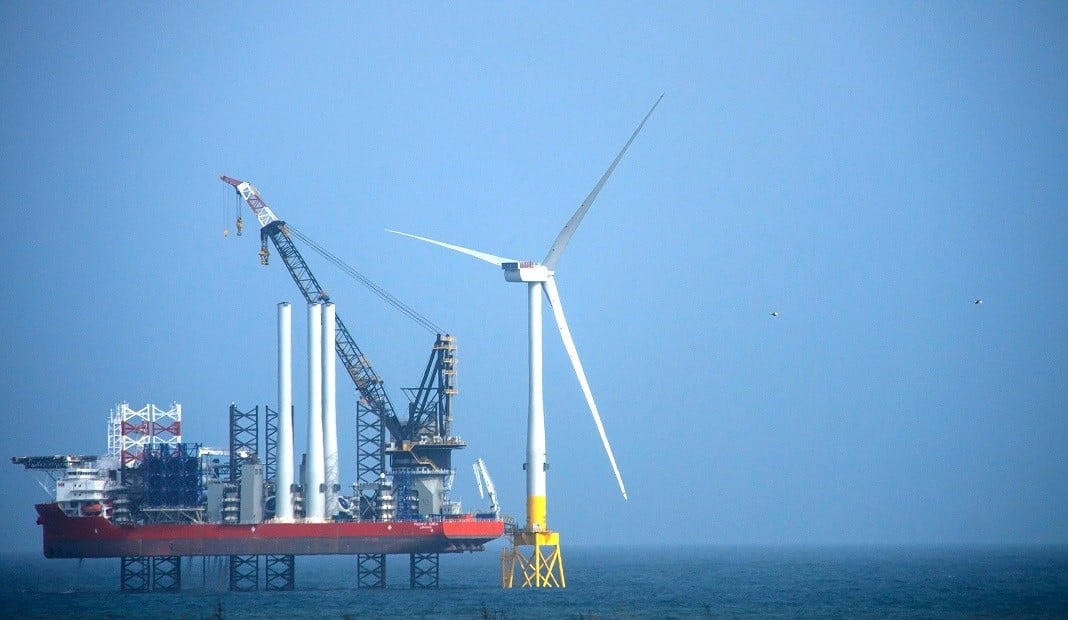The global oil and gas industry continues to experience significant transformation in 2025, balancing traditional operations with increasing pressure to adapt to climate concerns and technological innovation. As energy markets evolve, industry players face both challenges and opportunities in this dynamic landscape.
Market Dynamics
Crude oil prices have stabilized in the $75-85 per barrel range during early 2025, reflecting a delicate balance between production discipline from OPEC+ nations and moderating global demand growth. Natural gas markets remain regionalized, with North American prices hovering around $3.50 per MMBtu while European and Asian markets command premiums due to ongoing energy security concerns.
The industry has experienced consolidation trends that began in late 2023, with major players seeking economies of scale to weather market uncertainties. Notable mergers have focused on combining complementary asset portfolios while divesting higher-carbon operations.
Energy Transition Strategies
Major oil and gas companies have accelerated their diversification efforts, with varying approaches to the energy transition:
Portfolio Restructuring: Companies are strategically realigning their asset portfolios, focusing investments on lower-cost, lower-carbon production while divesting from carbon-intensive operations.
Renewable Expansion: Several international oil companies have significantly increased their renewable energy investments, particularly in offshore wind and solar projects that leverage their existing engineering expertise.
Carbon Management: Carbon capture, utilization, and storage (CCUS) technologies have gained momentum, with several commercial-scale projects now operational across North America and Europe.
Technological Innovation
Digitalization continues to transform operations throughout the value chain. Advanced analytics, machine learning, and automation are now standard features in well management, production optimization, and predictive maintenance systems. These technologies are delivering substantial efficiency improvements while reducing operational risks and environmental footprints.
The industry is also seeing promising developments in next-generation extraction technologies that minimize environmental impact while maximizing resource recovery. Enhanced oil recovery techniques using CO2 injection serve the dual purpose of improving production while sequestering carbon.
Regulatory Landscape
Regulatory frameworks worldwide continue to evolve, with increasing emphasis on emissions reporting, methane leakage prevention, and environmental protection. Companies that proactively adopt best practices in environmental stewardship are finding competitive advantages in terms of market access and financing costs.
Outlook
The oil and gas industry remains essential to global energy security even as the energy transition accelerates. Natural gas, in particular, continues to be viewed as a crucial transition fuel, supporting grid reliability as renewable energy penetration increases.
Looking ahead, successful industry players will likely be those that effectively balance traditional business optimization with strategic positioning for a lower-carbon future. This means maintaining operational excellence in conventional operations while building capabilities in emerging energy technologies and business models.
As the industry navigates these complex waters, collaboration between companies, governments, and other stakeholders will be increasingly important in developing pragmatic, market-based approaches to energy transformation that balance environmental imperatives with economic realities.

